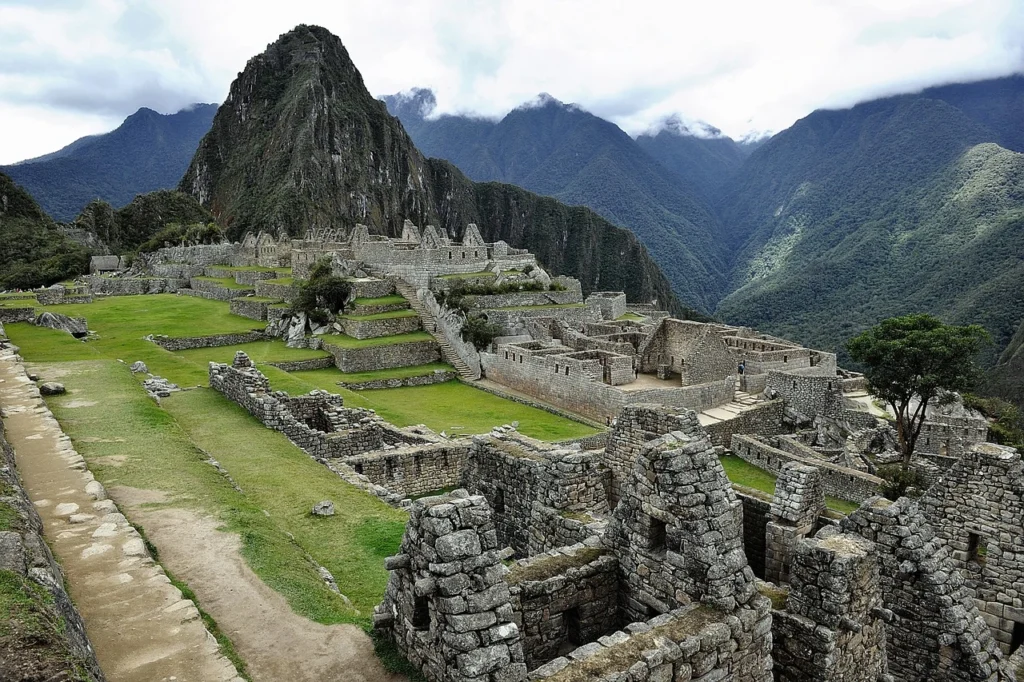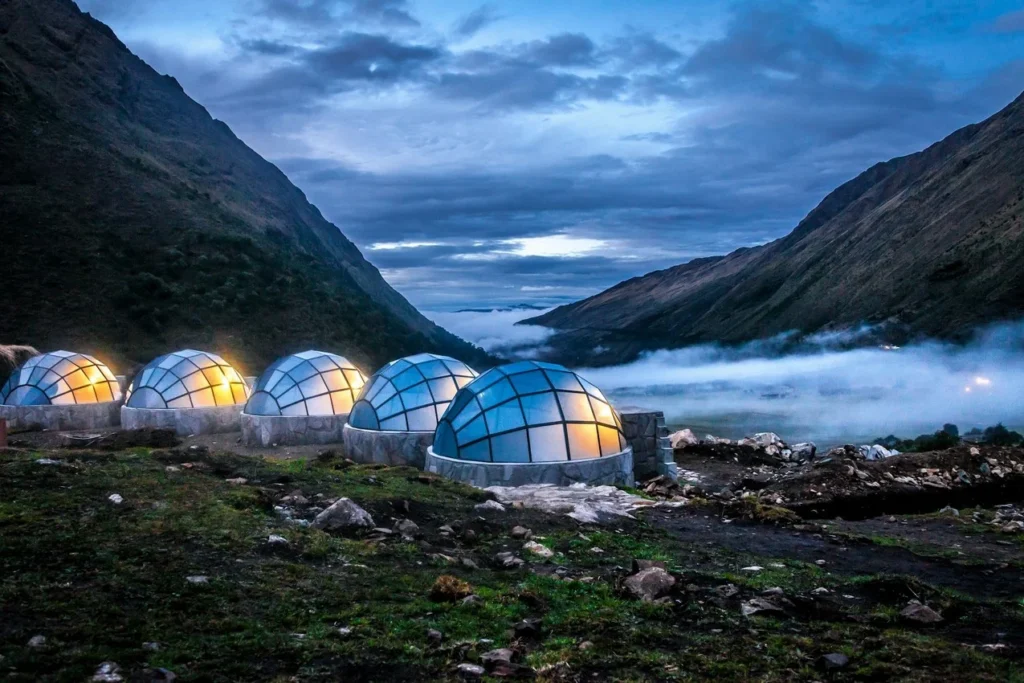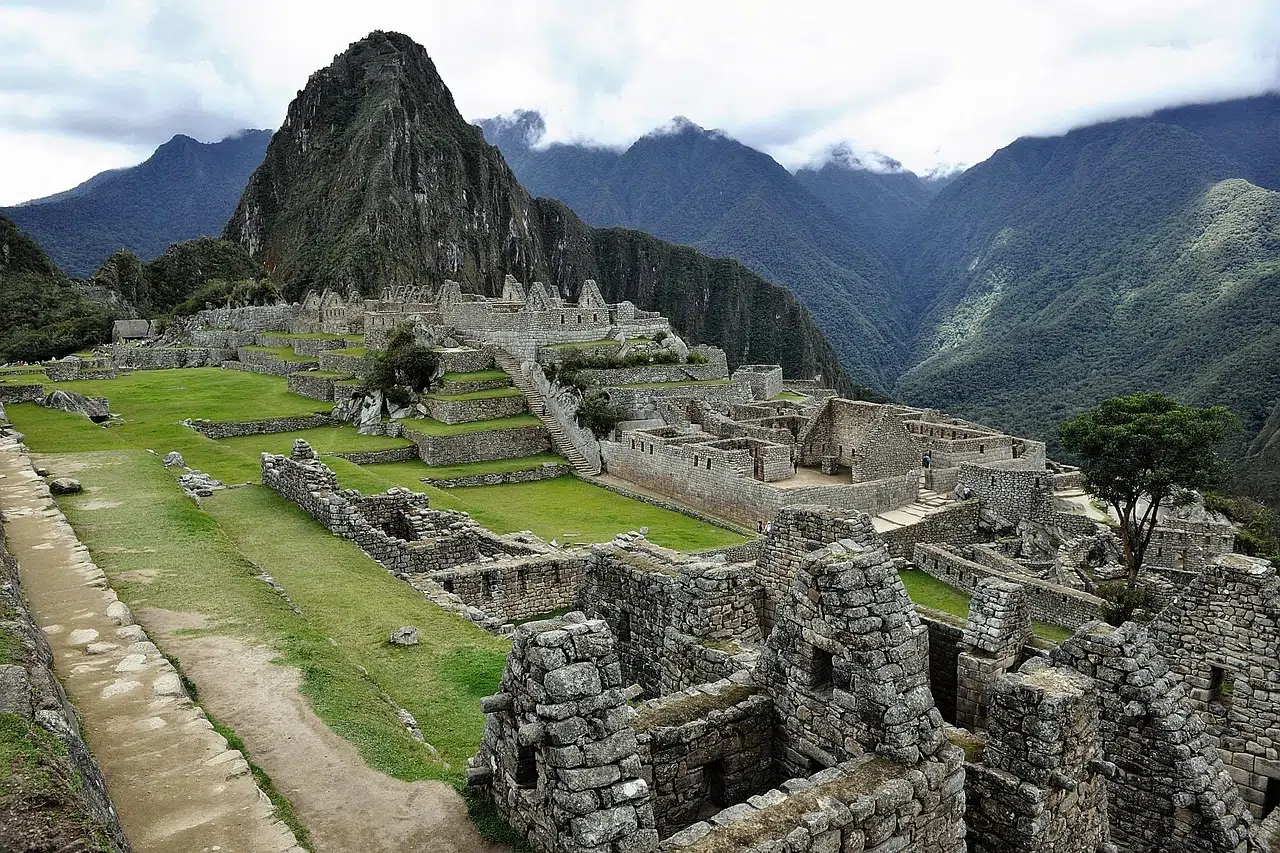The Salkantay Trek is one of Peru’s most iconic adventures, offering stunning landscapes, diverse ecosystems, and a challenging yet rewarding journey. But when is the best time to hike the Salkantay Trek? In this guide, we’ll break down the weather, trail conditions, and other factors to help you choose the perfect time for your adventure.
I still remember the moment I stood at the Salkantay Pass in July, shivering in my down jacket at sunrise—only to be sweating in a tank top by noon as we descended into the jungle. Choosing the right time for this trek isn’t just about good weather; it’s about matching the conditions to your travel style. After hiking it twice (once in peak season, once in the rains), here’s my brutally honest take on when to go—and how to make the most of each season.
Table of Contents
The Short Answer: When Should You Go?
- Best overall (sunshine + crowds): May–September
- Best for solitude + greenery: November–March
- Sweet spot (balance): April or October
But the real answer? It depends on what kind of adventure you want. Let’s break it down.
Dry Season (April–October): The Classic Trek
Why Go?
- Postcard-perfect views: Crystal-clear skies frame Salkantay’s snow-capped peak.
- Stable trails: No mudslides, fewer delays.
- Cold but manageable nights (expect -5°C at high camps).
Downsides
- Crowds: Campsites feel social (or cramped, depending on your mood).
- Dusty trails: The Andes get parched—bring a buff for dirt clouds.
Monthly Breakdown
| Month | Pros | Cons |
|---|---|---|
| April | Wildflowers bloom, fewer crowds | Occasional late rains |
| May | Ideal temps, Inca Trail alternative | Book early—permits go fast |
| June | Festival season in Cusco | Peak prices |
| July | Clearest skies for photography | Freezing nights at altitude |
| August | Best for stargazing | Windy at the pass |
| September | Warm days, fewer tourists | Random hailstorms |
| October | Quiet transition month | Chance of early rains |
Pro Tip: If you hate crowds but want dry trails, late April or early October is your golden window.

Wet Season (November–March): The Adventurer’s Choice
Why Go?
- Lush landscapes: Waterfalls gush, orchids bloom—it’s a rainforest dream.
- No permit stress: Walk up and book last-minute.
- Authentic vibes: You’ll share the trail with locals, not tour groups.
Downsides
- Slippery trails: My knees still remember the descent to Colcapampa in the rain.
- Leeches: Yes, really. (Pro tip: Salt in a Ziploc = instant leech remover.)
- Cloudy peaks: Salkantay Mountain plays hide-and-seek.
Monthly Risks & Rewards
- November: Fresh greenery, fewer bugs.
- December: Christmas in Cusco + quiet trails.
- January: Rainiest (but cheapest).
- February: Trail closures possible—check ahead!
- March: Warming up, great for photographers.
Who Should Brave the Rain?
- Solo travelers wanting solitude
- Budget hikers (tours drop 30% in price)
- Those who don’t mind earning their views
The Secret Shoulder Seasons: April & October
I hiked in late April once—just as the last rains faded. The trail was quiet, the air crisp, and we had Salkantay Pass nearly to ourselves. These months offer:
- Fewer crowds than peak season
- Lower prices (but full services)
- Dynamic skies (dramatic clouds for photos)
Trade-off: Pack for both sun and rain. I got caught in a hailstorm at 4,000m—then sunburned in Aguas Calientes.

The Worst Time to Go (And How to Survive It)
February
Many operators close for trail maintenance. If you go:
- Verify your tour is running
- Embrace the mud—waterproof gaiters are a must
- Reward yourself with empty hot springs in Santa Teresa
Early December
Surprise snow can block the pass. Ask your guide about:
- Alternate routes (like the Llactapata trail)
- Extra acclimatization days
Why is Timing Important for the Salkantay Trek?
Choosing the right time to hike the Salkantay Trek can significantly impact your experience. Here’s why timing matters:
- Weather: The trek passes through different altitudes and ecosystems, each with its own weather patterns.
- Trail Conditions: Dry seasons offer stable trails, while wet seasons can be muddy and slippery.
- Crowds: Popular months can be busier, while off-peak times offer more solitude.
- Scenery: The landscape changes dramatically between seasons, from snow-capped peaks to lush, green valleys.
Best Time to Hike the Salkantay Trek: Dry Season (April to October)
The dry season is widely considered the best time to hike the Salkantay Trek. Here’s why:
Weather
- Daytime Temperatures: 15-20°C (59-68°F) in lower areas; 5-10°C (41-50°F) at higher altitudes.
- Nighttime Temperatures: Can drop below freezing, especially at high campsites like Soraypampa.
- Rainfall: Minimal, with clear skies and sunny days.
Trail Conditions
- Dry and stable trails, making hiking easier and safer.
- Less risk of landslides or trail closures.
Crowds
- The dry season is the most popular time, so expect more trekkers on the trail.
- Book permits and accommodations well in advance.
Scenery
- Snow-capped peaks and clear views of the Salkantay Mountain.
- Vibrant blue skies and stunning sunsets.

Salkantay Trek Best Time: Shoulder Seasons (April-May & September-October)
The shoulder seasons (April-May and September-October) offer a balance between good weather and fewer crowds. Here’s what to expect:
Weather
- Mild temperatures and occasional rain.
- Less extreme cold at night compared to the peak dry season.
Trail Conditions
- Mostly dry trails with some muddy sections.
Crowds
- Fewer trekkers than in June-August, making for a more peaceful experience.
Scenery
- Blooming flowers and lush landscapes in April-May.
- Clear skies and fewer clouds in September-October.
Wet Season (November to March): Pros and Cons
The wet season is less popular but has its own unique charm. Here’s what you need to know:
Weather
- Frequent rain, especially in January and February.
- Warmer temperatures in lower areas, with cooler nights at high altitudes.
Trail Conditions
- Muddy and slippery trails, requiring extra caution.
- Higher risk of landslides or trail closures.
Crowds
- Fewer trekkers, offering a more solitary experience.
Scenery
- Lush, green landscapes and flowing waterfalls.
- Cloud-covered mountains, which can limit views but create a mystical atmosphere.
How to Choose the Best Time for Your Salkantay Trek
Here are some factors to consider when deciding when to hike the Salkantay Trek:
- Weather Preferences: Do you prefer dry, sunny days or don’t mind occasional rain?
- Crowd Tolerance: Are you okay with more trekkers, or do you prefer solitude?
- Physical Preparation: Are you prepared for more challenging trail conditions in the wet season?
- Budget: Prices for tours and accommodations are often higher during the dry season.
Frequently Asked Questions About the Best Time to Hike the Salkantay Trek
1. What is the busiest month for the Salkantay Trek?
June, July, and August are the busiest months due to the dry season and summer holidays.
2. Can I hike the Salkantay Trek in December?
Yes, but be prepared for rain and muddy trails. It’s a great time for fewer crowds and lush scenery.
3. Is the Salkantay Trek open year-round?
Yes, the trek is open year-round, but trail conditions vary by season.
4. What is the coldest month on the Salkantay Trek?
June and July are the coldest months, especially at high altitudes.
Ready to Plan Your Salkantay Trek Adventure?
Now that you know the best time to hike the Salkantay Trek, it’s time to start planning your adventure! Whether you choose the dry season for clear skies or the wet season for lush landscapes, the Salkantay Trek promises an unforgettable experience.
📌 Pro Tip: Download our free Salkantay Trek planning guide to help you prepare for your journey. And if you’re ready to book your trek, check out our exclusive Salkantay Trek packages for the best deals and expert guides.



